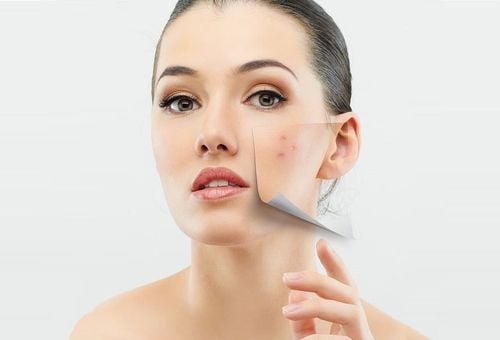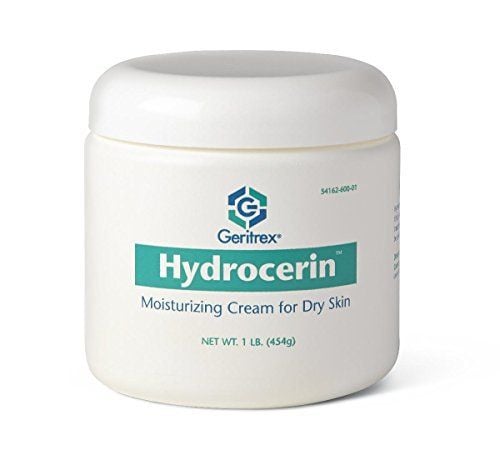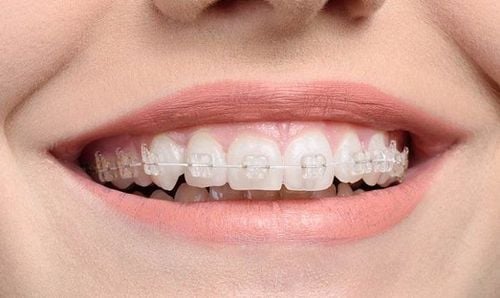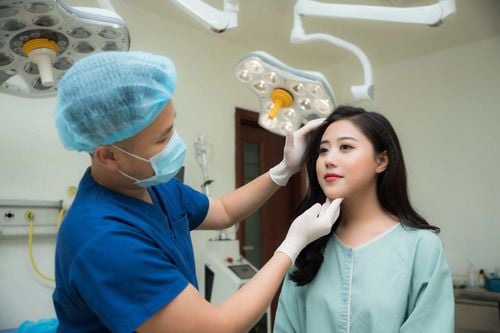This is an automatically translated article.
Most consumers use beauty products with latex in cosmetics without side effects. However, some cases of allergy to latex in cosmetics still occur. Therefore, the US Food and Drug Administration (FDA) has carried out monitoring and testing to provide consumers with a list of cosmetics containing latex makeup.
1. Things to know about latex allergy in cosmetics
Natural latex is an opaque white liquid containing microscopic rubber particles of plant origin, mainly from the rubber tree H. brasiliensis.
Natural latex contains many natural compounds, including the polymer cis-1,4-polyisoprene and various plant proteins, which are protein antigens that can trigger the body's immune response.
Some of these antigenic proteins can also cause allergies, which means they can cause an allergic reaction in a person who is sensitive to latex in cosmetics. Sensitivity to latex can gradually increase over time, especially for people who are regularly exposed to the substance.
Natural latex is often found in cosmetics such as hair glue, face and body paint, eyeliner, and eyelash glue. Allergic reactions to latex in cosmetics can range from mild skin irritation or rashes to breathing problems and even anaphylaxis.
2. How to recognize latex in cosmetics?
The only way to tell if a cosmetic contains latex is to read the ingredient information printed on the product label. Although cosmetics are not required to have a latex allergy warning on the label, the FDA requires the cosmetic label to include a list of ingredients, in descending order.
Therefore, before making a purchase, consumers should review product label information to check for latex in cosmetics. Usually, the ingredient list is printed on the packaging, where consumers can easily find it.
If the product is purchased online, the ingredient list may be located directly on the packaging or the consumer may be directed to the product catalog or website or the manufacturer may provide specific information to the buyer.
Information about latex in cosmetics can be presented under many different names, so consumers need to pay attention to the following ingredients in cosmetics before deciding to buy, for example natural rubber However, natural latex, rubber-based adhesives, ...
Manufacturers of cosmetics containing latex can change product ingredients at any time, so consumers should Check the ingredients list every time you buy a product, even if you've used it before.

Latex thường có trong keo dán tóc, sơn vẽ mặt và cơ thể, bút kẻ mắt và keo dán lông mi
3. Prevention of latex allergy in cosmetics
Consumers concerned about the possibility of a natural latex allergy can take the following measures to prevent latex allergy in cosmetics :
Avoid all products containing high latex ingredients natural latex (e.g. body paint, stage artist cosmetics, hair glue, eyelash glue), even if latex is not listed in the product's ingredients. To understand product ingredients, search for information and contact the manufacturer. Talk to a dermatologist or esthetician if you have or suspect a latex allergy in cosmetics to avoid possible exposure. If you are allergic to natural rubber latex and have a reaction to cosmetics containing latex, stop using the product and contact a healthcare professional.
Latex in cosmetics can cause allergic reactions in people who are allergic to natural rubber latex. Therefore, before buying cosmetics, consumers should find out the ingredient information of the product printed on the label as well as find out if they are allergic to this substance.
Please dial HOTLINE for more information or register for an appointment HERE. Download MyVinmec app to make appointments faster and to manage your bookings easily.
References: fda.gov













